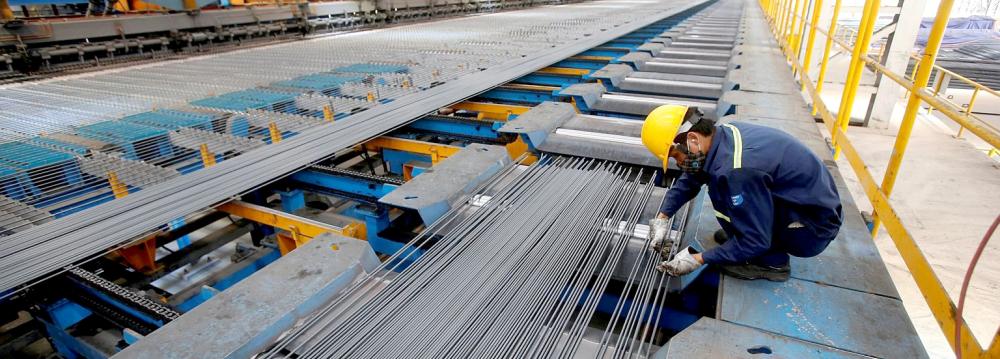China may be slowing, but a commodities rebound is under way and the world’s biggest miner knows where the next growth story is building—emerging economies in Southeast Asia.
Combined gross domestic product in the ASEAN-5 nations—Indonesia, Thailand, Malaysia, the Philippines and Vietnam—will rise about a third to $3 trillion in the five years to 2020, fueling commodities-intensive infrastructure projects. Momentum like this across Asia will help maintain and increase commodity demand, BHP Billiton Ltd.’s Chief Executive Officer Andrew Mackenzie said this week, Xinhua reported.
“People have been so used to believing that commodities was a China story, and that with China decelerating where’s the growth going to come from?” Nathan Lim, Sydney-based head of research for Morgan Stanley’s wealth management division, said by phone. “That incremental demand is coming from the emerging markets.”
Thailand is considering more than $50 billion of infrastructure spending, while Vietnam has begun major projects including a $10 billion rail modernization, Indonesia is seeking to accelerate road to ports programs and Philippine President Rodrigo Duterte has promised new railroads and airport runways. These markets are “back on their growth path after a period of under-performance,” according to Lim.
Commodities surged the most in the first half since the 2008 financial crisis as China’s economy stabilized and policy makers backed growth. The World Bank forecasts commodities will rebound next year after hitting the bottom of the cycle and Citigroup Inc. agrees, saying last month it’s bullish on raw materials for 2017.
Demand Diversifying
A bellwether of commodities’ demand is steel. New demand across Southeast Asia is seen increasing the market for China’s steel exports, which notched record volumes in the first seven months of 2016 and have supported rising iron ore imports.
China is already exporting about 12% of its output and could raise sales overseas further, according to BHP’s Mackenzie. India will also import more iron ore, as will nations across Southeast Asia, he told analysts on Tuesday.
“We look to use steel as a proxy, though you would naturally find the same dynamics for other commodities as well, whether it’s aluminum or copper or bauxite,” Lim said.
Steel demand in the ASEAN-5 will grow at about 6% this year and in 2017 on infrastructure building, according to the World Steel Association. Consumption of 74.6 million tons in 2017 will be more than in regions including Africa and the Middle East, and compares to forecast demand in China of 626.1 million tons, the association said in April.
Fortescue Metals Group Ltd., the No. 4 iron ore exporter, said in March it sees emerging sources of steel demand across Asia and in India. China is no longer the sole driver for the $120 billion copper market, according to Andrew Cole, chief executive officer of OZ Minerals Ltd., a producer that’s also developing Australia’s biggest unmined deposit of the metal.
“Global demand for copper is becoming increasingly diversified, both geographically and by industry sector,” he said in an August 10 interview with Bloomberg Television. “We are seeing increasing diversification through other counties outside of China, which is an important factor that we need to remember.”
Still, global industrial production—output of mining, utilities and manufacturing—is well below historical levels and China “remains the only real growth story,” Macquarie Group Ltd. said in an August 15 note. The impact of action early this year to stimulate China’s economy is now fading, the bank said.
China accounts for about 65% of iron ore imports, takes 21% of seaborne metallurgical coal and consumes about half the world’s copper, according to a joint report this month by Westpac Banking Corp. and Australia’s Department of Industry, Innovation, Science.
BHP, which this week reported second-half underlying profits jumped 95%, rose 2.1% to A$21.29 in Sydney trading, the highest since November 10. Coal producer Whitehaven reported Thursday it swung back to a net profit in fiscal 2016 from a loss the previous year.


